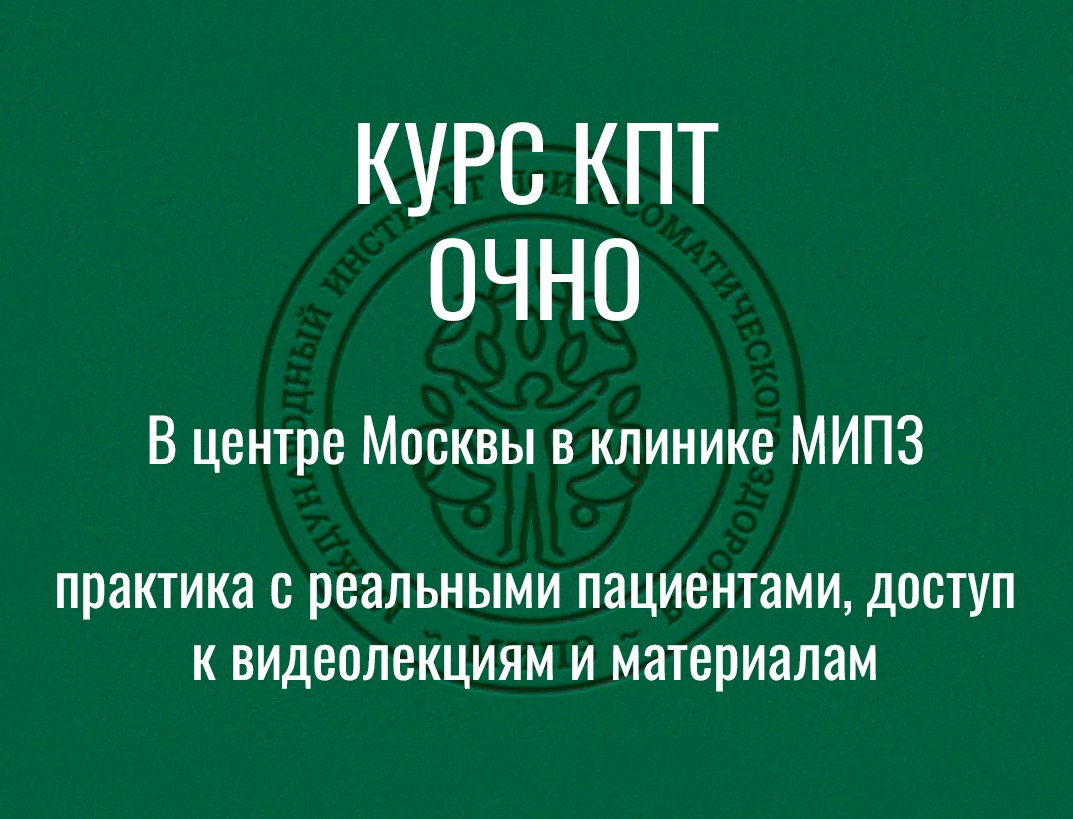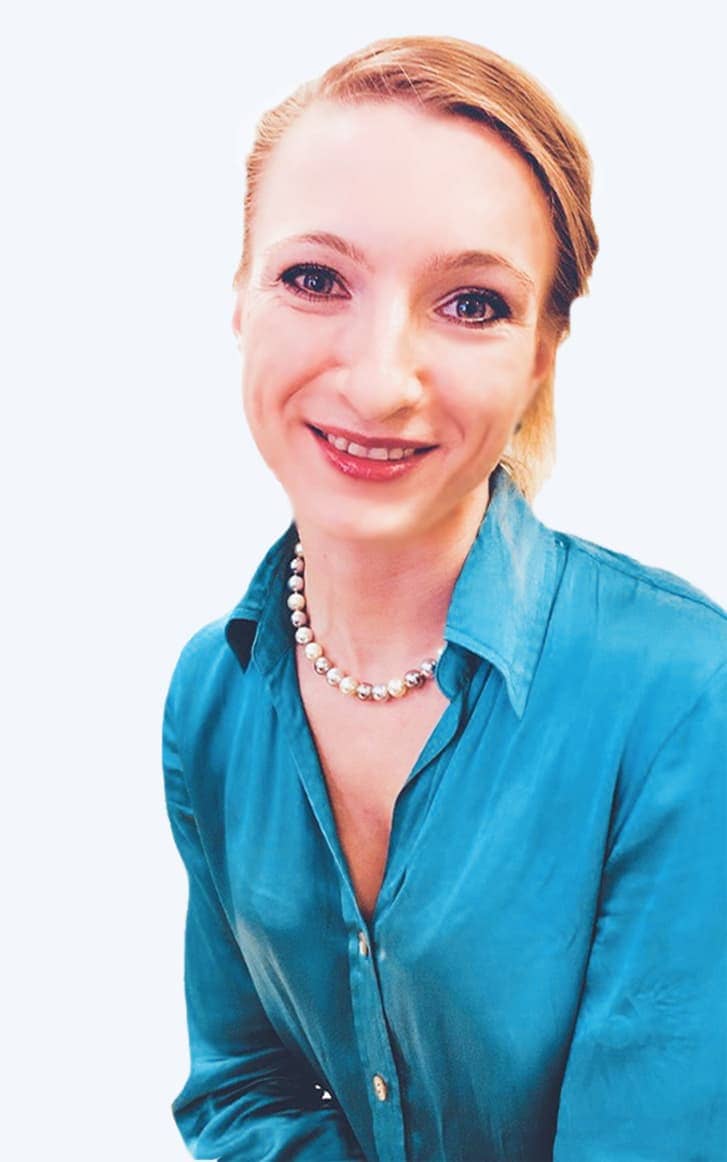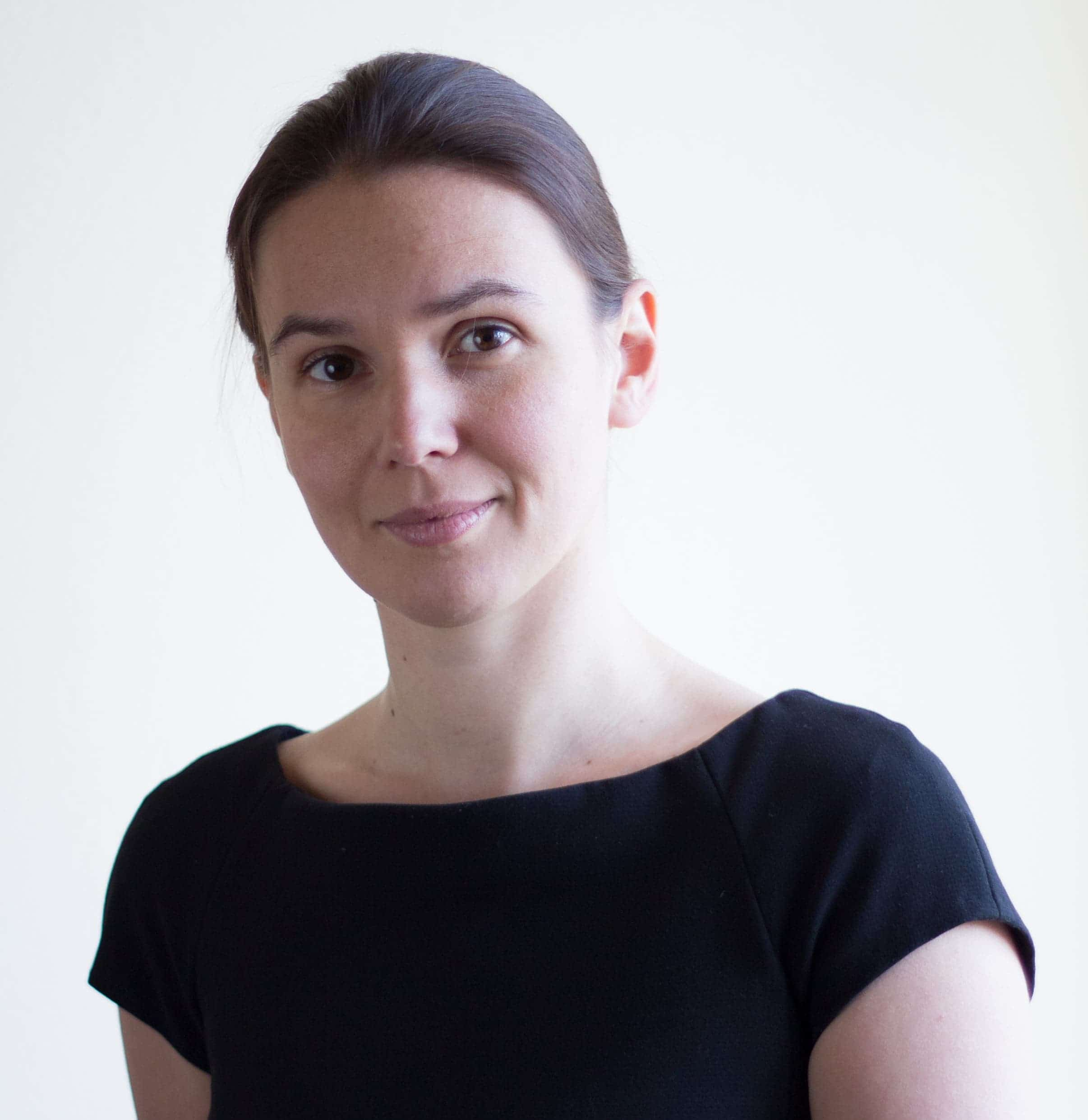The third phase of the observations: from mediated ‘supervising’ relationships to full, harmonious emotional contact
Our observations were interrupted for two months when visits to the orphanage were not allowed because of an influenza epidemic in Moscow. This period of Serioja’s life, between twenty and twenty-five months, was marked by the rapid development of his feeling of efficacy in establishing and regulating an intimate contact with the adult. This meant that contact became a source of pleasure rather than of pain. By the end of this period, almost all the basic attachment patterns had been formed.
However, Serioja’s age at this time was two years, whereas the normal critical period for the formation of attachments is mostly the first year of life. This delay in the development of attachment behaviour entails some alterations in its function.
Serioja was not able to enjoy calmly the secure state accompanying a close contact: instead, he immediately used his rapidly growing inner confidence to make the environment submit to him. Security was fast becoming omnipotence, accompanied by possessiveness towards adults. His feelings of safety were still very fragile: they easily tipped over into a subtle autistic-like state. For example, he would slip dextrously out of the adult’s arms and go to play alone if the adult changed the mode or intensity of their contact: his ability to sustain a genuine dialogue was still incomplete.
During this third period, then, Serioja progressed by a route that was the opposite of the normal developmental sequence. He moved from more distant, discrete and mediated types of contact, which allowed him to be in control of possible pain and disappointment, to more proximal, open and immediate interactions. The ease with which he began to use the adult as a safe supervisor of his independent activity was prepared by the long previous period, when he would observe the adult’s actions while keeping up a minimal link with her from his secure corner. Now, the quality of this ‘link-at-a-distance’ between Serioja and the observer began to change. He had previously seen her as a highly attractive but possibly inaccessible or rejecting adult whom he kept on the periphery of his visual field. Now, she was gradually becoming the secure focus of his perceived and imagined space and activity. In fact, relationships where the adult acted as teacher or supervisor were the framework within which Serioja’s capacity for harmonious multi-modal contact with the adult was released. While this primary integration of different modes of contact is natural for young babies (Bower 1974), it was previously blocked in Serioja’s development because of the painful experiences associated with it in very early life. (According to Trad (1986), the first three months are the sensitive period for the differentiation and development of tactile and visual contact. Serioja’s capacity for vocal contact remained more intact, as the sensitive period for its development overlapped with a more favourable time in his life: the time of his second, successful, transfer to a different group).
It was still easier for Serioja to share moments of delight with an adult than to use her to process and ameliorate painful experiences. When emotional contact was interrupted, Serioja would immediately reflect this by throwing, beating or giving up an object he was playing with, while at the same time looking into the adult’s eyes and smiling, thus trying to restore the broken contact with her. He still did not readily accept the adult’s help when he cried: at such moments he was difficult to reach. He returned instead to using more basic protective mechanisms: an active filtering out of stimuli and a significant alteration of muscular and emotional tone. However, he could now begin to use the adult in the period of recovery which followed episodes of desperate crying.
I will now outline the context within which these progressive changes became possible. The starting-point was our reunion after the two-month break in the observations.
Serioja at nineteen months and twenty-nine days
Serioja was very pleased to see me again. He communicated with me quite well from a distance, exchanging looks of greeting, gentle sounds and smiles. At the same time, he appeared to feel some distrust, and could not maintain contact with me face-to-face.
In the next three observations, Serioja was more in touch with his sad feelings. Although at times he was able to play, he would lie on my knees with his head between his outstretched hands, and with his cheek resting on my legs. He seemed depressed: he was quiet and maintained this position for a long time without any movement. I knew that Serioja would get into this state of mind in response to frustration, loss, or feelings of abandonment; or after he had cried, sometimes for as long as an hour, because of feeling that an adult had rejected him. In this state, Serioja rested himself against any accessible adult, or against a flat inanimate surface if no adult was available. My guess is that at these moments Serioja was longing for a good, warm and accessible breast rather than a specific person. However, he was able at these times to remain in touch with mental pain, and in particular with sadness at feeling rejected.
vocal contact– previous | next – relationships







.jpg)
.jpg)
.jpg)
















